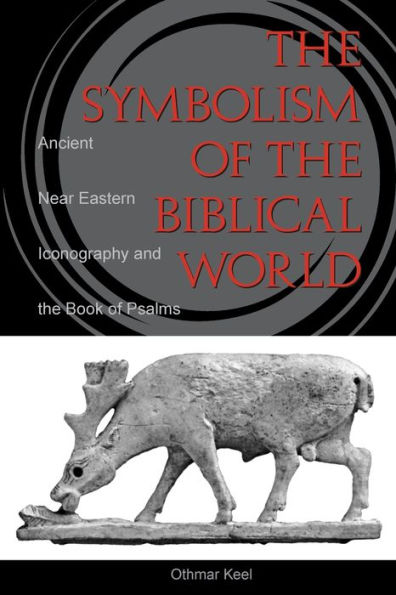Table of Contents
INTRODUCTION
The Old Testament and the Ancient Near East
Two Approaches to the World of the Ancient Near East
The Iconographic Approach
The Present Work
I. CONCEPTIONS OF THE COSMOS
1. Technical Conceptions
2. Symbolic-Mythical Conceptions
a. The Bipartite World
b. The Multipartite World
3. Dualistic Features
4. That Which Fills Heaven and Earth
II. DESTRUCTIVE FORCES
1. Spheres of Death
a. The Grave
b. Prison, Cistern and Pitfall
c. Torrent and Sea
d. The Desert
e. The Night
2. The Enemies of the Individual
a. Demons and Offenders
b. Animal Comparisons
c. Comparisons Based on the Hunt
d. The Mortality and Instability of the Wicked
3. Enemies of the Nation
III. THE TEMPLE: PLACE OF YAHWEH’S PRESENCE AND SPHERE OF LIFE
1. Temple and Mountain
2. The Temple Gates
3. The Forecourts and Their Furnishings
4. The Altars
5. The House of Yahweh
6. The Furnishings of the House of Yahweh
7. The Significance of the Temple
IV. CONCEPTIONS OF GOD
1. God in the Temple
a. The Rock
b. Tests and Purifications
c. Tree, Fountain and Light
d. The Wings of God
e. Ears That Hear and a Mouth That Speaks
f. Father and Mother, Host and Physician
g. ‘He will take me’
2. God in His Creation
a. Generationand Birth
b. Deus faber
c. Command and Wisdom
d. The Judge
e. The God of Life
f. Eruption and Transcendence
3. Yahweh in History
a. The Warrior
b. ‘My Shield’
c. Leading
Excursus: Renunciation
V. THE KING
1. The Birth and Infancy of the King
2. The Enthronement
3. The King as Temple Builder and Priest
4. The Representation and Furtherance of the Powers of Life
5. Defense against Enemies
VI. MAN BEFORE GOD
1. Attitudes of Prayer
a. The Encounter with the Holy
b. Thanks and Praise
c. Lamentation and Petition
2. Processions and the Sacrificial Cult
3. Music and Song
a. Dancing and Jubilation
b. Percussion Instruments
.
c. Wind Instruments
d. String instruments
4. With God
EPILOGUE
ABBREVIATIONS
NOTES
BIBLIOGRAPHY
CATALOGUE OF THE ILLUSTRATIONS
INDEX OF BIBLICAL REFERENCES



